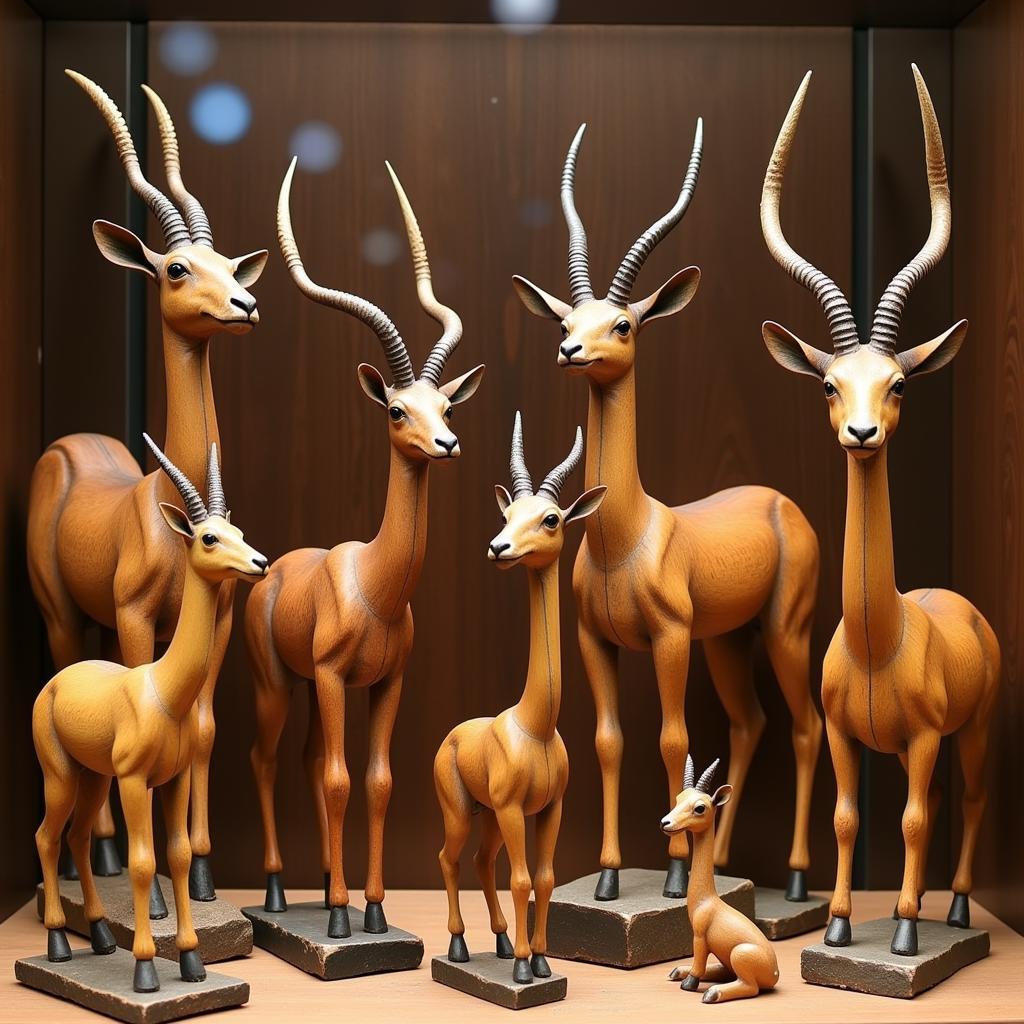South African Elephant: Majestic Giants of the African Savanna
South African Elephants, with their imposing size, intelligence, and social complexities, are a cornerstone of the African savanna ecosystem. They are not only captivating creatures but also vital to the health and balance of their environment. This article delves into the fascinating world of South African elephants, exploring their biology, behavior, conservation challenges, and the vital role they play in maintaining a thriving ecosystem.
The Biology and Characteristics of South African Elephants
South African elephants are the largest land mammals in Africa and are easily recognizable by their massive size, gray-brown skin, and long, trunk-like noses. They are highly social animals, living in matriarchal herds led by the oldest and wisest females. Elephants rely on their strong sense of smell, hearing, and touch to navigate their surroundings and communicate with each other.
Distinctive Features:
- Massive Size: Adult male elephants can weigh up to six tons and reach heights of over 13 feet.
- Long Trunks: Elephants use their trunks for a myriad of tasks, from drinking and eating to communicating and even trumpet-like calls.
- Large Ears: Their large ears, which can grow up to six feet long, help to regulate their body temperature.
- Tusks: While both male and female elephants possess tusks, these ivory structures are significantly larger and more prominent in males.
The Social Structure and Behavior of South African Elephants
South African elephants exhibit a complex social structure centered around matriarchal herds. These herds consist of related females and their young, led by the oldest and most experienced female, known as the matriarch. The matriarch plays a crucial role in guiding the herd, protecting the young, and leading them to water and food sources.
Communication and Family Bonds:
- Communication: Elephants communicate through a variety of vocalizations, including trumpets, rumbles, and roars. They also communicate using body language and touch.
- Family Bonds: Elephants form strong family bonds, with individuals remaining within their herds for their entire lives.
- Mourning Behavior: Elephants are known for their mourning behavior. They have been observed gathering around the bodies of deceased family members, touching them with their trunks, and emitting mournful sounds.
The Role of South African Elephants in the Ecosystem
South African elephants play a vital role in maintaining the health and balance of their environment. They are considered keystone species, meaning that their presence is crucial for the survival of other species in the ecosystem.
Ecosystem Engineers:
- Seed Dispersal: Elephants contribute to seed dispersal by consuming fruits and berries and depositing the seeds in their droppings.
- Habitat Creation: Elephants create clearings and pathways through forests and savannas, which can provide habitat for other animals.
- Regulating Vegetation: Elephants help regulate the growth of certain types of vegetation, preventing the overgrowth of certain plant species.
Conservation Challenges Faced by South African Elephants
South African elephants face a number of conservation challenges, including habitat loss, human-wildlife conflict, and poaching. These threats have resulted in a significant decline in elephant populations in the region.
Poaching for Ivory:
- Illegal Ivory Trade: The illegal ivory trade remains a significant threat to elephant populations.
- Protecting Elephants: Conservation efforts are focused on combating poaching, protecting elephant habitats, and reducing human-wildlife conflict.
The Importance of South African Elephant Conservation
The conservation of South African elephants is crucial for the long-term health and stability of the African savanna ecosystem. By protecting elephant populations and ensuring their survival, we are safeguarding the future of countless other species that depend on their presence.
FAQ:
1. How long do South African elephants live?
South African elephants can live for 60-70 years in the wild.
2. What is the main threat to South African elephants?
Poaching for ivory remains the main threat to South African elephants.
3. What is the average size of a South African elephant herd?
The average size of a South African elephant herd is around 10-15 individuals.
4. How can I help protect South African elephants?
You can help protect South African elephants by supporting organizations that work on elephant conservation, raising awareness about the threats they face, and avoiding the purchase of ivory products.
5. Are South African elephants still endangered?
While the population has been slowly increasing, South African elephants are still classified as vulnerable by the IUCN Red List.
6. What is the difference between African forest elephants and African bush elephants?
African forest elephants are smaller than bush elephants with straighter tusks and are more adapted to forest environments. Bush elephants, like South African elephants, are larger and have curved tusks, thriving in more open landscapes.
7. What are some of the unique adaptations South African elephants have developed to survive in their environment?
South African elephants have developed several adaptations, such as their massive size for strength, their large ears for temperature regulation, and their long trunks for reaching food and water sources. Their thick skin and thick layer of fat help them survive in the hot climate.
8. Can I see South African elephants in the wild?
Yes, you can see South African elephants in the wild by visiting national parks and reserves like Kruger National Park and Addo Elephant National Park, where conservation efforts are creating safe havens for these majestic creatures.
9. What is the role of tourism in South African elephant conservation?
Responsible tourism plays an important role in supporting conservation efforts, generating revenue for park management, and raising awareness about elephant conservation among visitors.
10. What are some of the challenges facing elephant conservation in South Africa?
While conservation efforts have been successful, challenges remain like habitat fragmentation, human-wildlife conflict, and the ongoing illegal ivory trade, making it crucial for conservation organizations and the public to work together.
Looking for more information about South African elephants and other African wildlife? Explore our other articles on African Life!
Need help with your African wildlife adventure? Contact us for a personalized experience!


